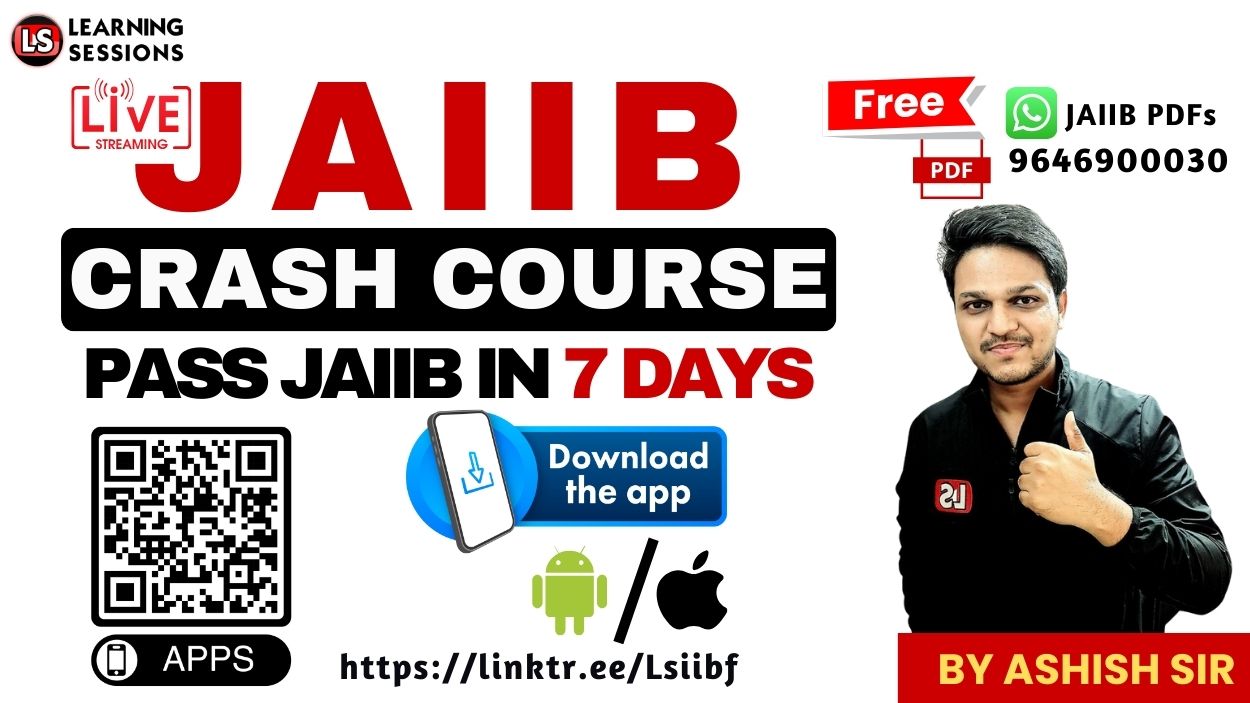Have you ever wondered how currencies are exchanged across borders? Why does the value of the Indian Rupee change against the US Dollar daily? If you’re preparing for the Treasury Investment and Risk Management (TIRM) Diploma, this is the perfect video for you!
So grab a cup of coffee, relax, and dive into this informative session that will take your knowledge of the Forex Market to the next level. And if you enjoy the content, don’t forget to like, comment, and share with your friends and colleagues who are also preparing for the TIRM Diploma or interested in understanding how the global currency market works.
👉 Before we dive in, watch this video for a complete breakdown:
00:00:47 – Introduction to the Foreign Exchange Market
The session kicks off by introducing the Foreign Exchange Market (Forex)—the market where currencies are traded globally. The forex market is an essential part of the global financial system, enabling the exchange of different currencies for trade, investment, and speculative purposes.
For instance, you might be familiar with how exchange rates influence daily life. Whether you’re traveling abroad or buying imported goods, exchange rates are at play. These rates fluctuate due to several factors, including inflation rates, interest rates, and global events.
In this market, currencies like the Indian Rupee (INR) and US Dollar (USD) are exchanged for goods, services, or investments. The need for currency exchange arises due to globalization, where countries need foreign currencies for international trade. Whether you’re a business involved in international trade or a traveler exchanging your currency, understanding forex is key.
Example: Let’s say an Indian exporter sells machinery to a US importer. The US company must convert their USD into INR to pay the Indian exporter. This transaction takes place in the forex market, where currencies are exchanged based on market rates.
00:01:48 – Characteristics of the Forex Market
Next, we delve into the characteristics of the Forex market. The forex market is dynamic, meaning exchange rates change constantly. This dynamic nature is what makes the forex market both exciting and challenging. It is a liquid market, meaning you can buy or sell currencies at any time, 24 hours a day. This is because it operates across different time zones worldwide, with major trading centers in New York, London, and Tokyo.
Moreover, the forex market is transparent—this means you can access real-time data about currency prices, historical trends, and market sentiments. Unlike many other markets, information is readily available for traders, investors, and even those just curious about forex.
Quick Tip: Always remember, forex is a 24/7 market that never sleeps, giving traders ample opportunities to capitalize on price movements.
00:03:25 – The Concept of Currency Exchange Rates
Now, let’s break down currency exchange rates. The exchange rate is the price at which one currency can be converted into another. For example, if USD/INR is quoted at 82, it means 1 USD = 82 INR. This rate fluctuates due to supply and demand, economic conditions, and geopolitical events.
Currencies are always paired when quoted, meaning the value of one currency is expressed in terms of another. For example, the exchange rate between the US Dollar and the Euro is expressed as USD/EUR, which means how many euros you need to buy 1 USD.
Analogy: Think of the forex market like a giant marketplace, where buyers and sellers of currencies agree on a price for exchange. Just like buying or selling goods, the price you pay for a currency depends on supply and demand.
00:05:28 – Understanding Currency Pairs
Currency pairs are crucial in the forex market. In this section, you learn how currencies are paired, like USD/INR, where USD is the base currency and INR is the quote currency. The rate tells you how much of the quote currency you need to buy one unit of the base currency.
Example: USD/GBP = 0.80 means 1 USD equals 0.80 British Pounds. Understanding currency pairs is essential for reading market quotes. Each currency pair is either classified as a major, minor, or exotic, depending on the pair’s liquidity and trading volume.
00:07:16 – Direct vs. Indirect Quotations
Direct quotations and indirect quotations are two ways currencies are quoted. A direct quote expresses how much domestic currency is needed to buy 1 unit of foreign currency. An indirect quote, on the other hand, shows how much foreign currency is needed to buy 1 unit of the domestic currency.
Example: In India, 1 USD = 82 INR (direct quote), whereas in Europe, 1 EUR = 1.12 USD (indirect quote). Understanding the difference is vital for interpreting exchange rates accurately.
00:09:31 – How Forward Contracts Work
A forward contract allows you to lock in an exchange rate for a future date, protecting you against currency fluctuations. This is especially useful for businesses that need to make payments or receive income in foreign currencies.
Analogy: It’s like booking a flight in advance to avoid higher ticket prices later on. Similarly, businesses use forward contracts to “lock” favorable exchange rates, thereby mitigating risks associated with currency fluctuations.
00:13:56 – Spread in Forex Trading
In the forex market, the spread is the difference between the bid (buy) and ask (sell) prices. It’s how brokers make money. The smaller the spread, the more favorable the market conditions are for traders.
[FREE PDF] Capital Market MCQs Part 2 | IIBF Most Expected Questions
Quick Tip: Watch out for spreads, as they can eat into your profits, especially for smaller trades. If you’re a frequent trader, it’s important to find brokers with lower spreads to maximize your trading efficiency.
00:17:16 – Cross Rates and Their Calculation
If direct exchange rates between two currencies aren’t available, cross rates come into play. These are derived from known rates against a common third currency, often USD.
Example: If the INR/USD rate is 82 and the GBP/USD rate is 1.40, we can calculate the INR/GBP cross rate by dividing the INR/USD rate by the GBP/USD rate.
Understanding cross rates is essential, especially when you’re dealing with currencies that aren’t directly traded in the market.
00:19:31 – Settlement in Forex Transactions
Forex transactions are typically settled in two business days. This is crucial to understand because it affects the timing of your payments and deliveries. Sometimes, forward contracts extend the settlement period, allowing you to plan future transactions.
Understanding the settlement process helps businesses manage their liquidity and cash flow. By knowing the exact settlement period, companies can better plan their financial operations.
Conclusion
In this session, we explored the essentials of the Foreign Exchange Market, including its dynamic nature, currency pairings, exchange rates, and tools like forward contracts and cross rates. Whether you’re trading currencies or preparing for the TIRM Diploma, understanding these basics is essential for making informed decisions in the forex market.
Now, it’s time to put what you’ve learned into practice. Whether you’re studying or investing, keep refining your understanding of forex. And don’t forget—drop your questions or insights in the comments below, I’d love to hear your thoughts.
Download the PDF
For a detailed summary and quick reference, download the PDF of this session:
Also Like:







